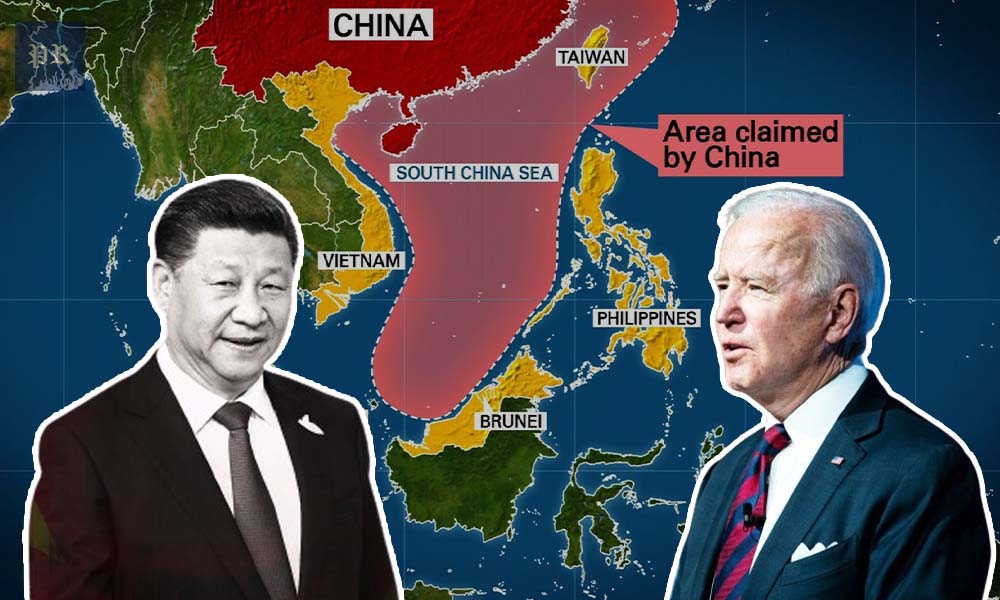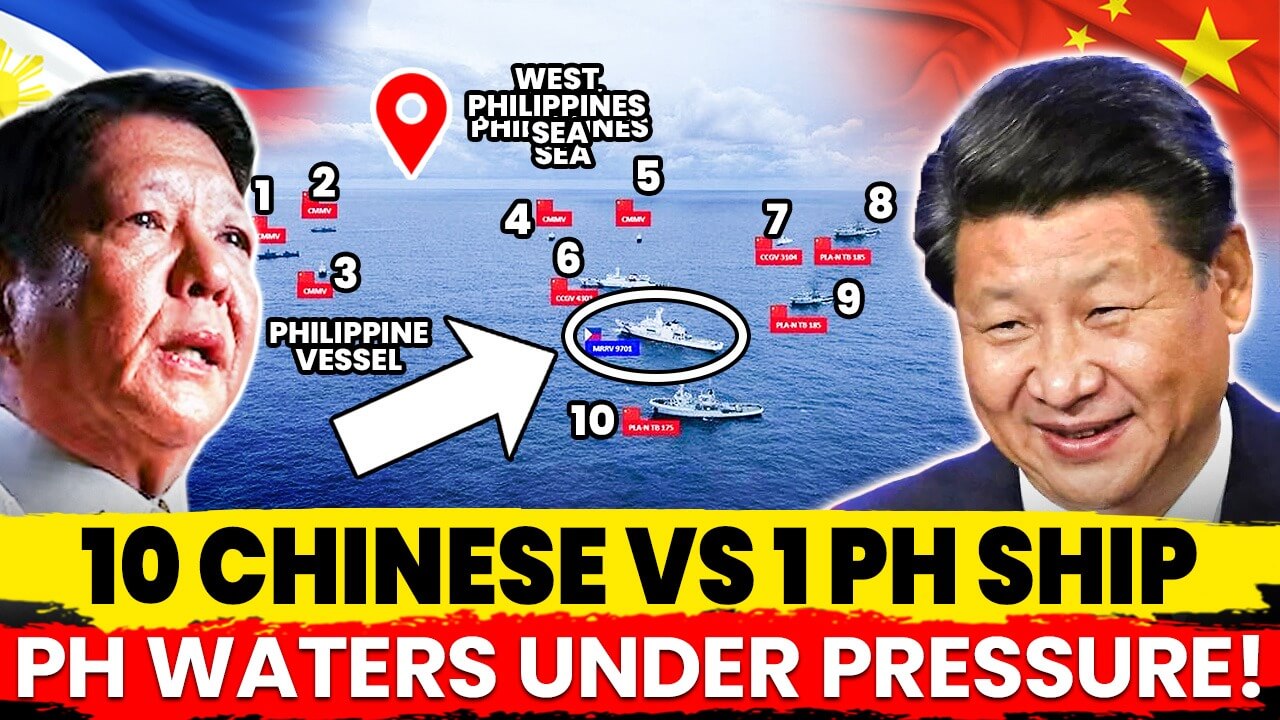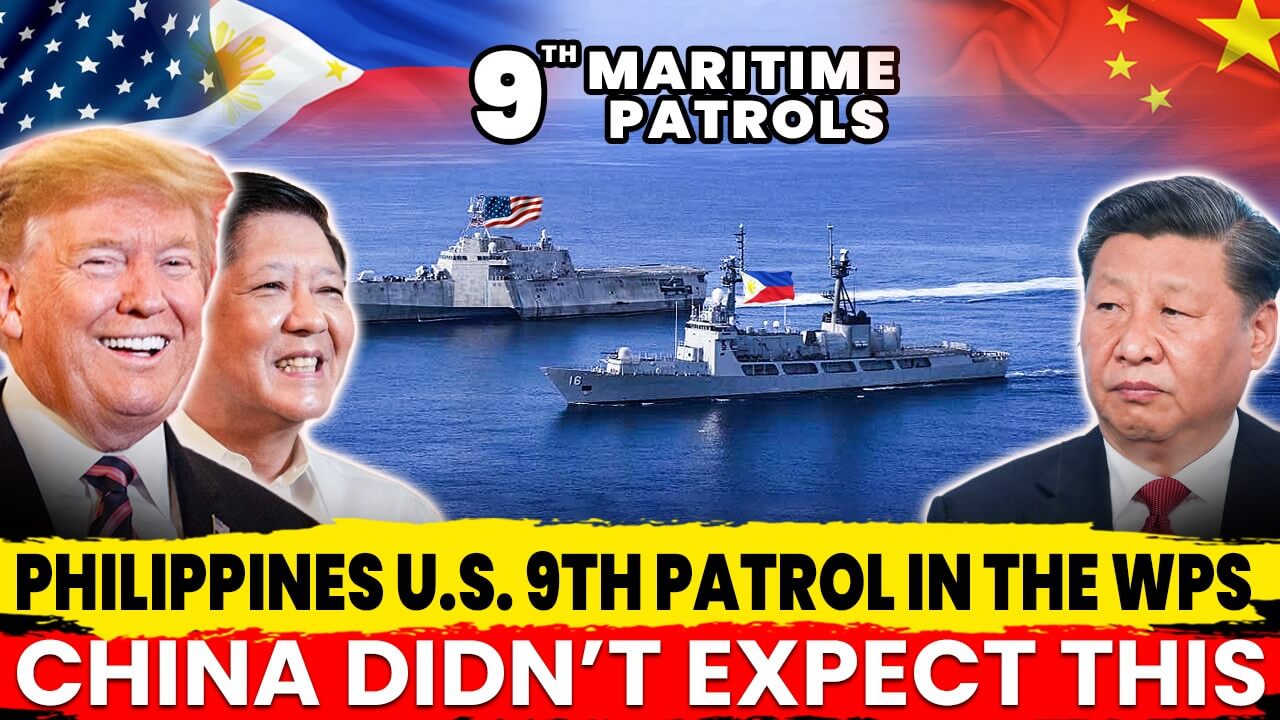Sixty percent of the world population inhabits the Indo-Pacific region, and all the essential trade routes to the countries of the region have to pass through the South China Sea. Serving as the jugular vein for many of the world’s largest economies, the South China Sea has managed to garner the attention of major powers for decades. Abundant in hydrocarbon reserves and marine life, these waters are critical beyond boundaries. However, the potential geopolitical value of the South China Sea can be better understood if we estimate the value of trade that passes through its routes.
Geopolitical Significance by Trade Value
According to the United Nations Conference on Trade and Development, nearly eighty percent of the world trade by volume and seventy percent by value happens via waterways. Of that volume, sixty percent of the maritime global trade has to pass through Asia, with South China waters providing passageways for one-third of all the shipments.
Several articles on the South China Sea have quoted that more than five trillion dollars worth of trade happens through its waters yearly. Out of those, 1.2 trillion dollars have been estimated to be the United States’ earnings alone. Despite changes in world trade over the last decade, these figures have been frequently quoted since 2010.
Why the Tensions?
In researching the ongoing clashes in the region, you might come across a term: the Exclusive Economic Zones. Measured in nautical miles, the exclusive economic zones of a country refer to the territories under its legal jurisdiction, as approved by international law.
In the vast expanse of the South China Sea, numerous nations, such as China, Taiwan, the Philippines, Japan, and South Korea, each possess their distinct economic domains. These sovereign entities heavily rely upon the strategic waterway known as the Strait of Malacca for the transportation and reception of their cargo shipments. This maritime passageway has earned the reputation of a pivotal trade constriction point, as it serves as the connective conduit between the expansive Indian Ocean, the vast Pacific Ocean, and the sprawling South China Sea. In short, one can say this passageway connects the vital arteries of trade in Southeast Asia.
Why is it Important for China?
The South China Sea is a paramount maritime junction for trade for several giant economies, such as Japan and China. In fact, if you look at China’s economic landscape, you will clearly see how the country depends on the South China Sea. With 60 percent of its trade happening through waters, the country’s economic security is substantially based on the shipments through these waters.
Considering China’s high dependency on water routes, overwhelming apprehensions have arisen among the international media, scholars, and governments. Various global entities were concerned that China’s growing regional influence may embolden Beijing to disrupt commercial shipping and precipitate a worldwide economic crisis.
In 2003, the country’s then-President Hu Jintao drew his administration’s attention to a potential threat posed by ‘major powers’ that aimed to dominate the Strait of Malacca. The president had emphasized the need for China to curate strategies to address the threat.
China’s Salami-Slicing Tactics
Since then, the Chinese administration has emphasized the need to solve this “Malacca Dilemma” by exploring alternative shipping routes. However, Beijing has used several other approaches to preserve its free flow of trade: the salami-slicing tactics. No, we do not mean meat chopping. Instead, we are referring to the clever, repetitive, limited faits accomplis used by expansionist powers to expand their influence while avoiding potential escalation. Salami tactics involve a series of small actions, like slicing a salami, taken in a way that makes it difficult for others to respond effectively.
Given that national security is no longer about territorial defenses, practicing maximum control over the sea will give the country a lot of power over the other economies, including its neighbors.
China has been using a salami-slicing military strategy in the South China Sea for a long time. Over decades, the country has claimed multiple portions of the sea, little by little, often infuriating its neighbors. China’s encroachments have posed serious problems for their economies as they rely on the sea for their maritime trade.
The Philippines
Sometime around mid-September, the Philippines brought international attention to the extensive damage to its marine ecosystem in the Sabina Shoal due to the presence of Chinese vessels in the territory. Pressing officials accused China of immense devastation, and the Philippine Coast Guard even shared detailed footage of vast patches of broken and bleached coral.
Only a few weeks later, the Manila Coast Guard reported the presence of a floating barrier placed by the Chinese Coast Guard around Bajo de Masinloc, Panatag Shoal. The Philippine government ordered its military to launch a covert operation and have the barrier removed. The shoal lies within the Philippines’ exclusive economic zone slightly west of Luzon Island. Beijing has been occupying it since 2012 as an attempt to assert dominance over nearly the entire South China Sea. The Chinese barrier had been preventing a swarm of Filipino vessels from entering the rich fishing area. According to the Philippine Coast Guard, the Chinese Coast Guard vessels laid the rope and net barrier, held up by buoys, and more than 50 Philippine fishing boats swarmed outside the shoal. After the orders of the Philippine President, the rope and net barrier were dismantled, and the Filipino fishing boats entered the shallow lagoon and caught about 164 tons of fish in one day. It is not the first and only incident of fishermen suffering due to aggressive Chinese maneuvers within its neighbor’s exclusive economic waters.
A ’10-Dash Line’ Map
The People’s Republic of China asserts an inherent and historical claim over almost the entire South China Sea. In August, Beijing released a new national map featuring a U-shaped dash line that crosses exclusive economic zones of the countries, including Vietnam, Taiwan, Indonesia, Malaysia, and Brunei. The map was quite similar to its map in 1948. The said line also covers the entire Spratly Islands, including the Kalayaan Islands of the Philippines.
To solidify its claims over most of the South China Sea, China has not only released maps conceiving its rule over various islands but also occupied them. It is an attempt to change the status quo gradually, aka salami slicing.
Accession of Islands and Corals
The 1970s saw China take over Vietnam’s Paracel Islands. In 1995, the country occupied the Mischief Reef claimed by Vietnam and the Philippines. And in 2012, it gained control over the Scarborough Shoal of the Philippines.
The US became concerned when China started building on these islands. The US imports most of its advanced microchips from Taiwan through the South China Sea. Roughly fourteen percent of America’s shipments come from this passageway. Hence, in 2015, it prompted President Jinping to make an assurance. “We are committed to maintaining peace and stability in the South China Sea, and China doesn’t intend to pursue militarization,” President Xi Jinping stated, addressing a public press conference.
Shortly afterward, the People’s Republic of China broke its promise. Today, it has twenty outposts in the Paracel Islands and seven in Spratly. Several of these islands have aircraft hangers, missiles, military jamming equipment, and other advanced systems. Throughout the process, many US officials expressed concern and told the Chinese government repeatedly that they were making a mistake. This process drove many countries in the region closer to the US military and damaged Beijing’s ties with Washington.
In 2016, the Philippines brought China to an international tribunal over its accession of the Filipino territories. The tribunal at The Hague ruled that China’s claims were illegal and the islands that it built would not expand its exclusive economic zone. The Philippines won, but China boycotted and refused to recognize the ruling. The United States stood by the Philippines, declaring this action directly threatened the peace and stability in the region.
Washington’s Strategy
Washington has planned to counter Beijing’s salami-slicing in two ways: by boosting its military presence and strengthening bilateral relations with other nations in the area.
In October, the Philippines is anticipated to host a yearly joint military exercise with the US. The two countries have been mutual defense allies since the 1950s, which means if one of them gets attacked, the other has to come to its aid. In 2014, Manila and Washington signed an Enhanced Defense Cooperation Agreement. Under the agreement, the Philippines gave the US access to five of its military bases where the country could build infrastructure and rotate troops. However, the two countries’ ties have been subjected to conflicts. Under President Ferdinand Marcos Jr., who took office last year, the Philippines has tried to nurture normal ties with China. But his stance contrasts with that of Rodrigo Duterte, his predecessor, who nurtured warm ties with China and Russia while often criticizing the US. Therefore, the two countries have planned one of the largest military drills of decades for this year. China’s foreign ministry has criticized the act globally and stated that such exercises might endanger peace and harmony in the region. There is a struggle and geopolitical competition between China and the US. Experts from China’s neighboring countries think that the country is violating its sovereign rights.
The United States also carries out various freedom of navigation operations in Southeast Asia. By demonstrating that it can fly, sail, and operate wherever international law allows, these US operations are meant to challenge excessive maritime claims. However, China considers these operations illegal. Yet, the US managed to strengthen its military alliance with the nations in the region. It has also encouraged some of them to run patrols through the South China Sea.
Vietnam
In a recent call with Nguyen Phu Trong, Vietnam’s General Secretary, US President Joe Biden discussed how to maintain an unrestricted Indo-Pacific.
It might be important to note that Vietnam has long-standing bilateral relations with China. The ties between the two countries are crucial to the country’s economic growth. However, there have been times when Vietnam has faced challenges operating in its own exclusive economic zones due to China’s salami-slicing operations in the South China Sea. For instance, in 2019, China sent a survey ship to conduct four seismic surveys within 200 nautical miles of Vietnam. At the same time, a Chinese Coast Guard Vessel harassed a Japanese vessel chartered by a Vietnamese joint venture with Russia in waters about 190 miles southeast of Vietnam.
These are not standalone acts. In fact, these are among several of China’s maritime disputes that have enabled the United States to strengthen its ties with yet another country in the region.
“We greatly value the relationships we have with all of these countries in the region. And, there’s one constant among all of them. And that is, we respect their sovereignty. That is where the PRC, I believe, is missing the mark because they want to operate on their own set of rules and not respect the sovereignty of the other existing nations in the region,” a US Army Official stated.
Presently, Chinese diplomats engage in deliberations with their counterparts from the Philippines, Vietnam, and Malaysia, with the primary objective of mitigating the prevailing tensions within the South China Sea. The establishment of a legally enforceable protocol governing interactions between China and its Southeast Asian counterparts has been perceived as a viable mechanism to avert prospective conflicts. Nonetheless, it is imperative to acknowledge that such dialogues have persisted over decades, with the outcomes thus far remaining disappointingly minimal.



